summer squash as winter squash experiment report
elisa_z5
8 years ago
Featured Answer
Sort by:Oldest
Comments (34)
glib
8 years agoRelated Discussions
identifying winter or summer squash?
Comments (3)Agree that narrowing the choices by telling us which varieties you planted would help. Meanwhile the shape of the little squash on the female blossom could give you some clues. And, assuming you aren't planning to save seeds, cross-pollinating them by hand will still get you the various squash this year and won't hurt any thing. It happens all the time naturally and only affects the seeds, not the fruit. Dave...See MoreHow to tell the difference between summer and winter squashes
Comments (11)Dave makes a good point. If the squash tastes good or if you just want to grow it for decorative purposes and you want to save the seeds from it, then you need to take special precautions to prevent more cross pollination from happening. And by that I mean you have to hand pollinate them. Take a male flower from the plant you want to save seeds from and pollinate a female flower from the same plant with it. You have to be sure that the female flower wasn't already pollinated and after you do the pollinating you need to tie the blossom closed to prevent it from being pollinated with other pollen. Be sure to mark the squash in some way (like loosely tying a piece of string around the stem so as not to girdle it) so that you know which ones are pure. Even after doing this, it could take years to stabilize the traits that you want. The pumpkins I mentioned in my previous comment are the only type of squash I grow which means I don't have to worry about cross pollination. So the thought of even more crosses happening didn't cross my mind (pun intended). And a melon and squash can't cross. Rodney...See MoreToo late to replant summer and winter squash?
Comments (5)There's plenty of time for both summer and winter squash. I have had luck in the past with covering the plants with floating row cover until they start blooming. That way, the moths don't get to lay their eggs until then. You'll get several nice harvests before the doggone things do the plants in. I like to plant them in a new spot in the hopes that this will confuse the critters. This time of year, the plants grow very quickly. I have had summer squash bearing in 45 days. There is time, too, for winter squash. If you hurry, you might have pumpkins for Halloween. Just in case you don't know it, squash varieties that are curcubita moschata do not fall prey to SVB. I am growing only those this year and it is a joy to see the beautiful plants that have been in the ground and growing since April....See MoreSummer & Winter squash problems
Comments (2)The Cucurbita moshata winter squashes (butternut, cushaw squashes) have a solid stem and aren't bothered much by squash borers. I grow Seminole squash here and it is highly productive and has no insect problems. Around here, summer squash quickly gets overwelmed by borers, squash bugs, and powdery mildew and is gone by mid-July, so in the spring I also plant Cucuzzi squash (Italian edible gourd) which isn't bothered by pests and is still going strong with the first fall frost finally takes it out. Its my summer squash for the last half of summer....See Moreelisa_z5
8 years agolast modified: 8 years agoelisa_z5
8 years agorgreen48
8 years agolast modified: 8 years agoelisa_z5
8 years agorgreen48
8 years agolast modified: 8 years agoA J
8 years agoelisa_z5
8 years agolast modified: 8 years agoNHBabs z4b-5a NH
8 years agoelisa_z5
8 years agoNHBabs z4b-5a NH
8 years agoelisa_z5
8 years agorgreen48
8 years agolast modified: 8 years agoNHBabs z4b-5a NH
8 years agorgreen48
8 years agolast modified: 8 years agogalinas
8 years agoelisa_z5
8 years agoelisa_z5
8 years agoelisa_z5
8 years agoMauldintiger (Greenville SC, 7b)
8 years agorgreen48
8 years agolast modified: 8 years agoelisa_z5
8 years agolast modified: 8 years ago
Related Stories

EDIBLE GARDENSSummer Crops: How to Grow Squash
Almost foolproof and with cheerful flowers, squash comes in a wide range of varieties to plant in spring
Full Story
FARM YOUR YARDHouzz Call: Home Farmers, Show Us Your Edible Gardens
We want to see where your tomatoes, summer squashes and beautiful berries are growing this summer
Full Story
MOST POPULARExperience the Holidays at Frank Lloyd Wright's Home and Studio
Handmade decorations, greenery and gifts show how the famed architect and his family celebrated Christmas in their Oak Park home
Full Story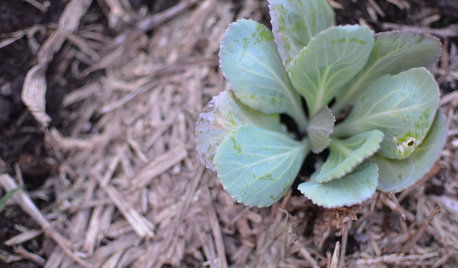
REGIONAL GARDEN GUIDESMid-Atlantic Gardener's September Checklist
Squash, anyone? Cool-season veggies are suiting up for the garden, while summer's last blooms are winding down
Full Story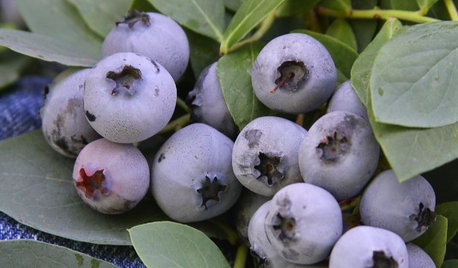
GARDENING GUIDES15 Favorites for Your Summer Edible Garden
Get your summer garden off to a good start with these popular fruits and vegetables
Full Story
EDIBLE GARDENSHow to Grow Your Own Sweet Summer Crops
This guide will help any gardener get started on growing the freshest warm-season veggies and berries for summer
Full Story
GARDENING AND LANDSCAPINGWorld of Design: 10 Home Gardeners Show Us Their Sweet Summer Harvests
From New York to Tokyo, these gardeners have turned their yards, terraces and rooftops into places of bounty
Full Story
SUMMER GARDENINGHouzz Call: Please Show Us Your Summer Garden!
Share pictures of your home and yard this summer — we’d love to feature them in an upcoming story
Full Story
CONTAINER GARDENS7 Deer-Resistant Flowers for Your Summer Containers
Grow these as protection for edibles or just for their colorful beauty — deer might not like them, but everyone else will
Full Story
EDIBLE GARDENSSummer Crops: How to Grow Pumpkins
Start in spring to grow your own fall decorations and have plenty left for pies
Full Story


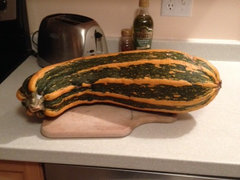
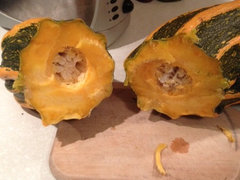
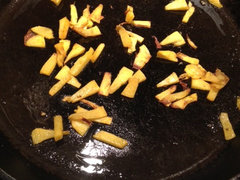
daninthedirt (USDA 9a, HZ9, CentTX, Sunset z30, Cfa)